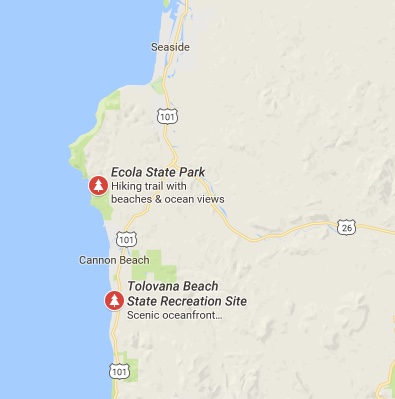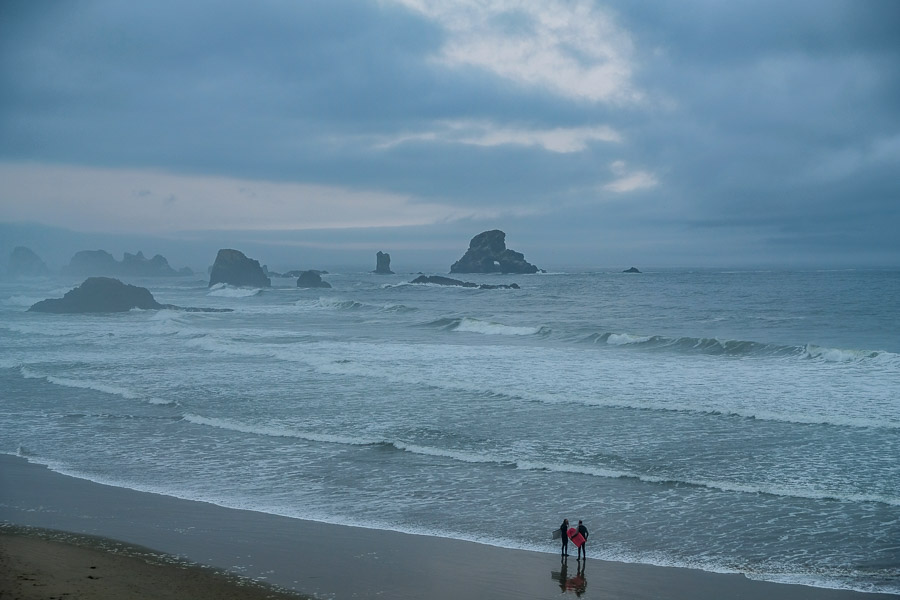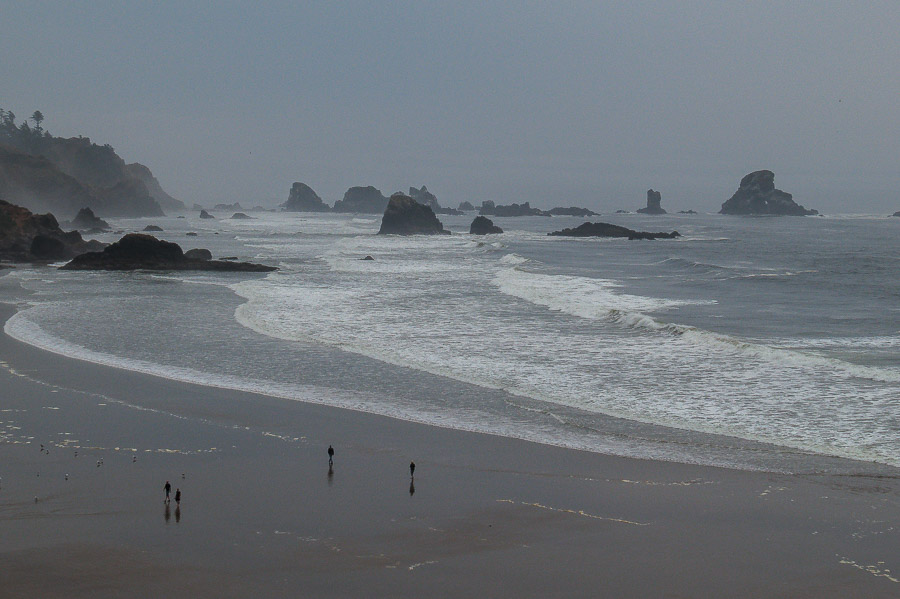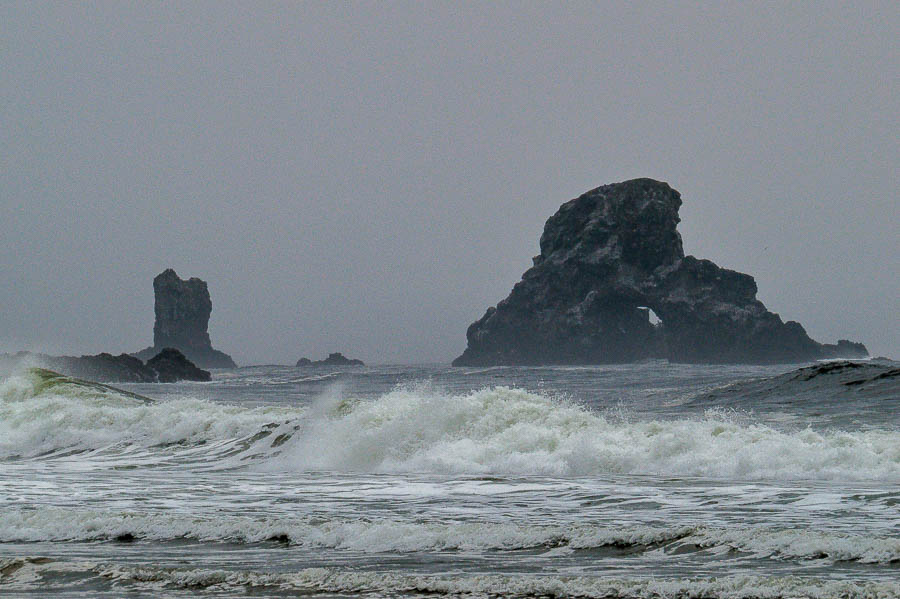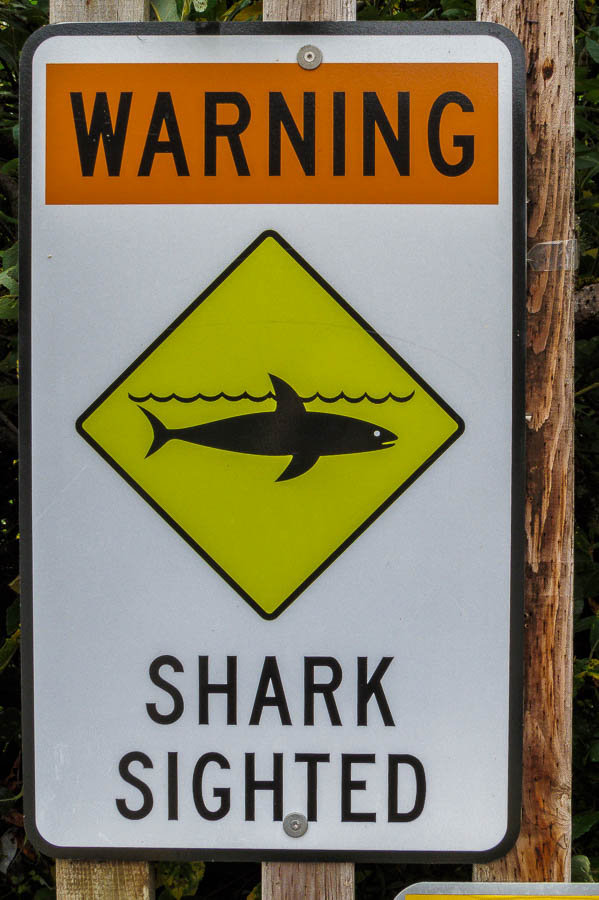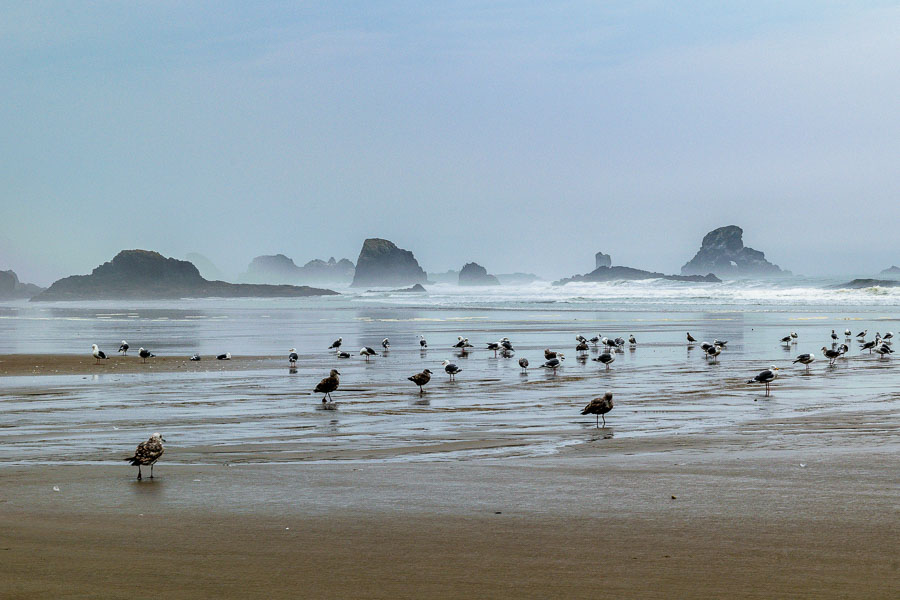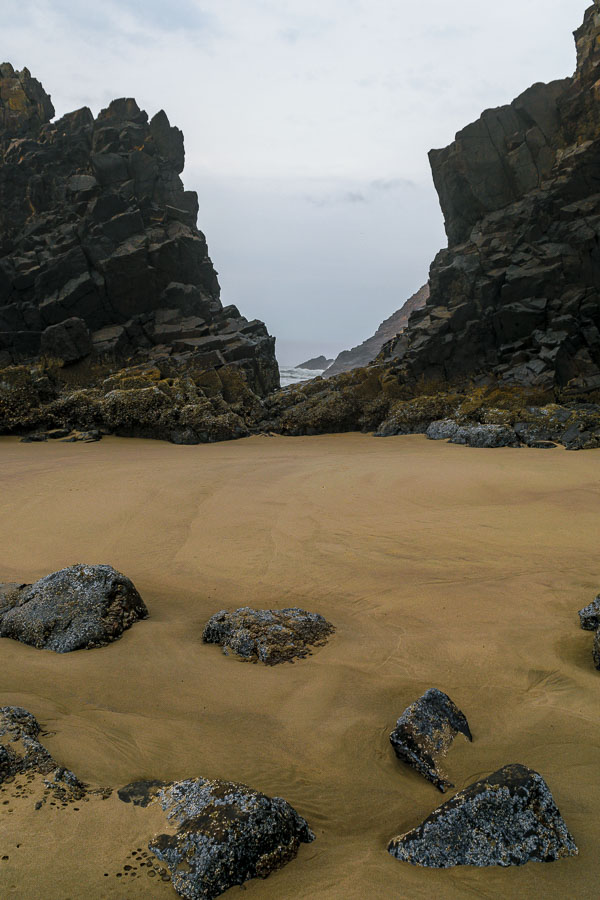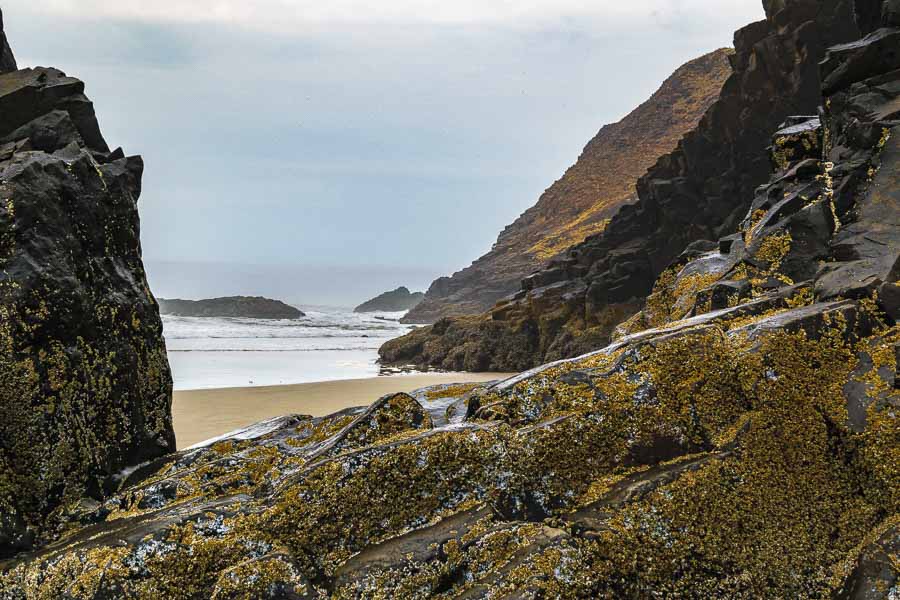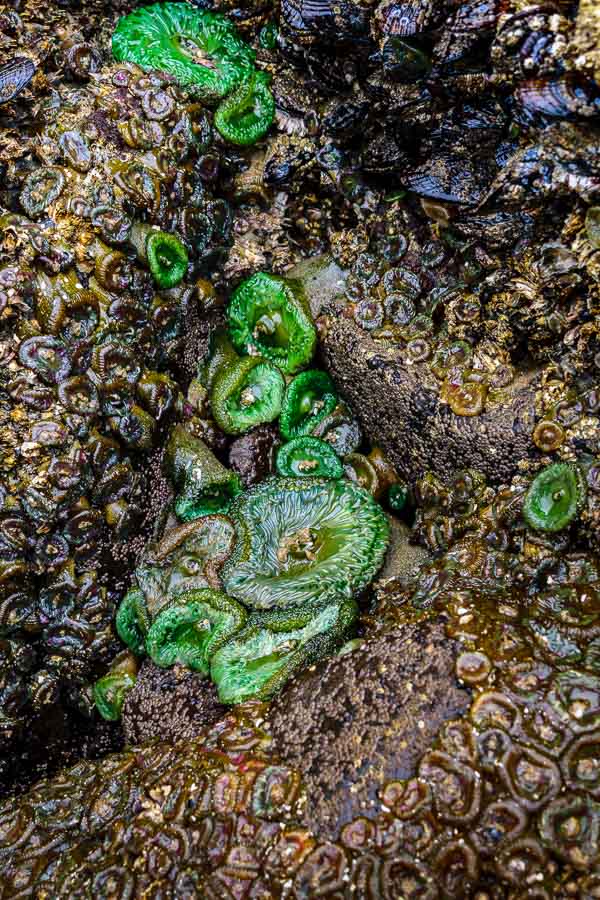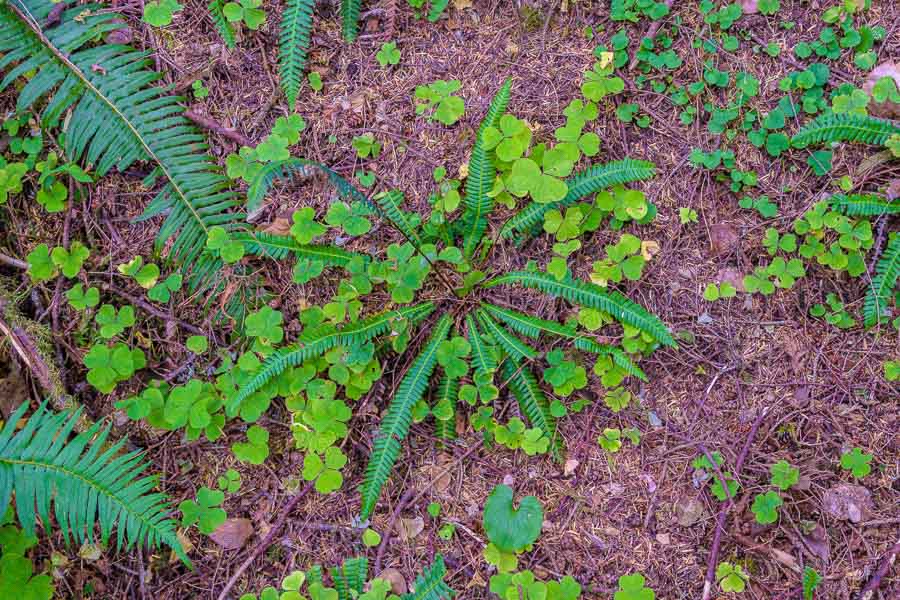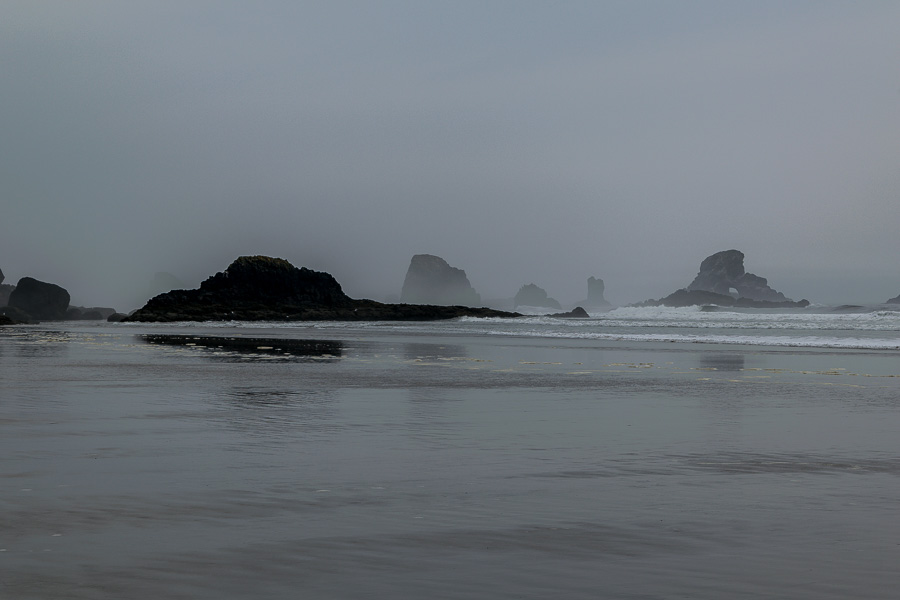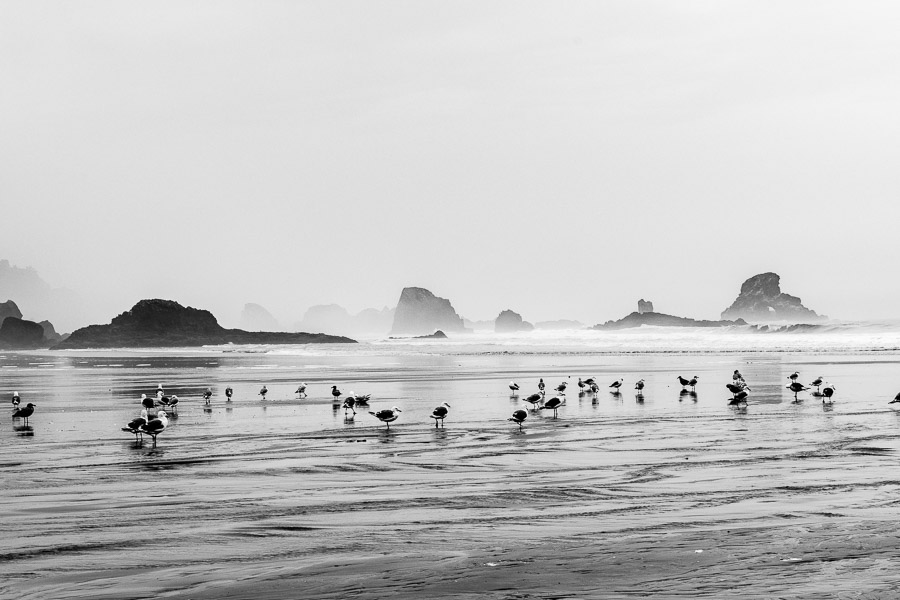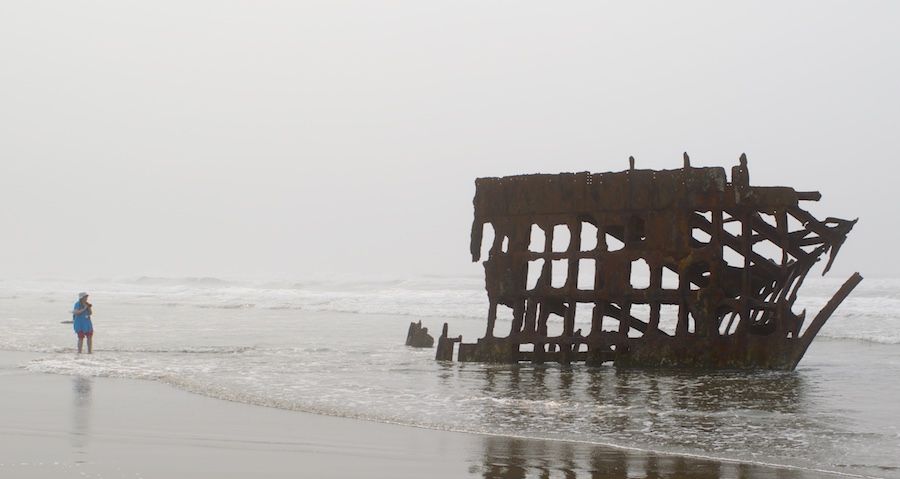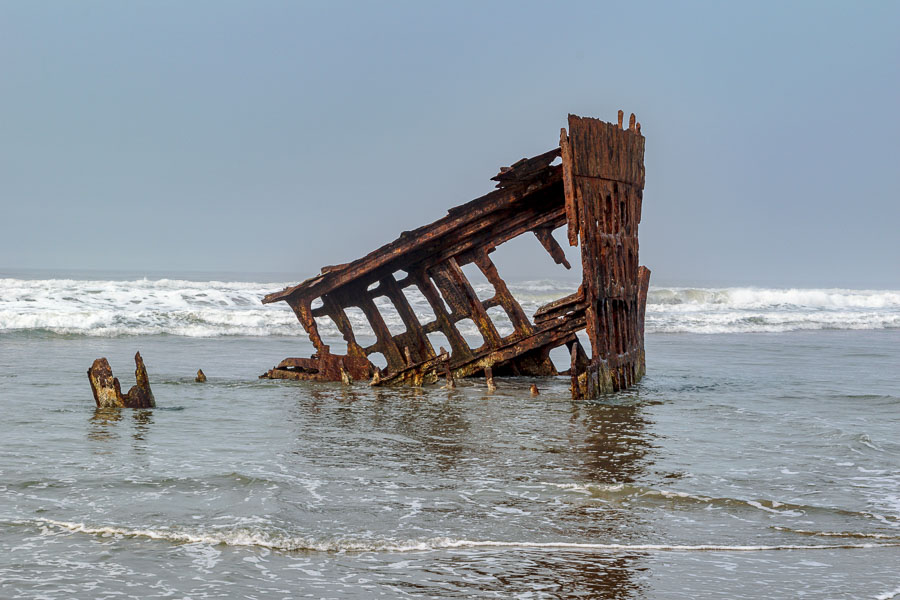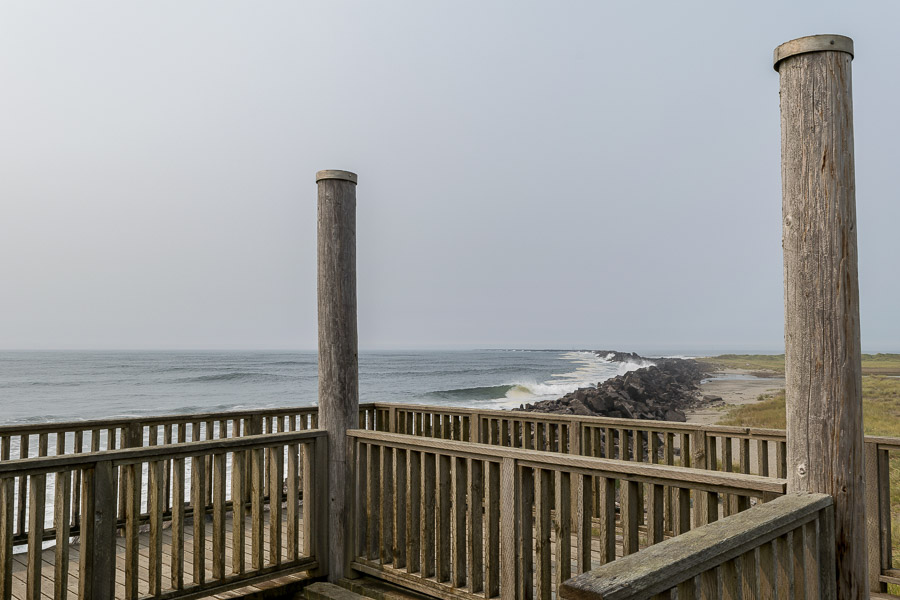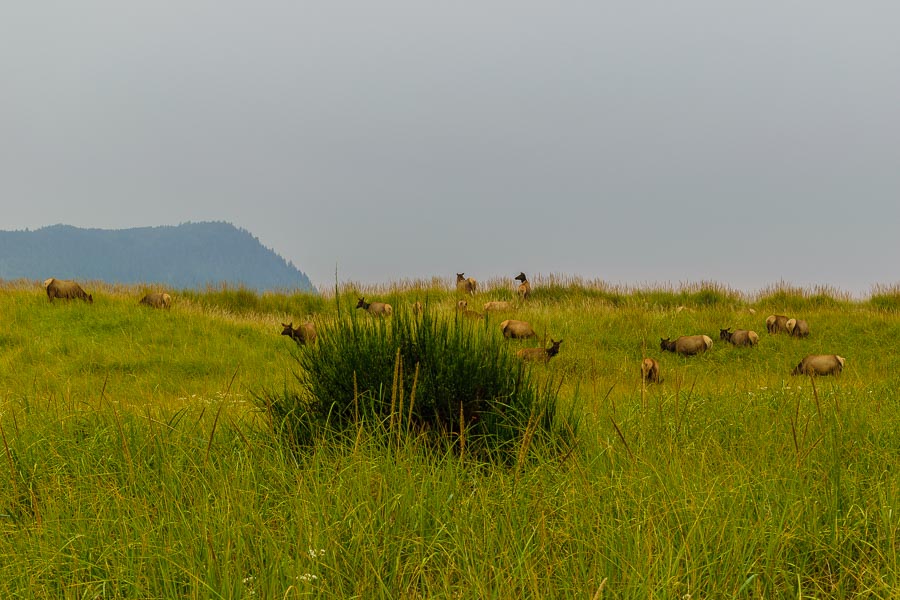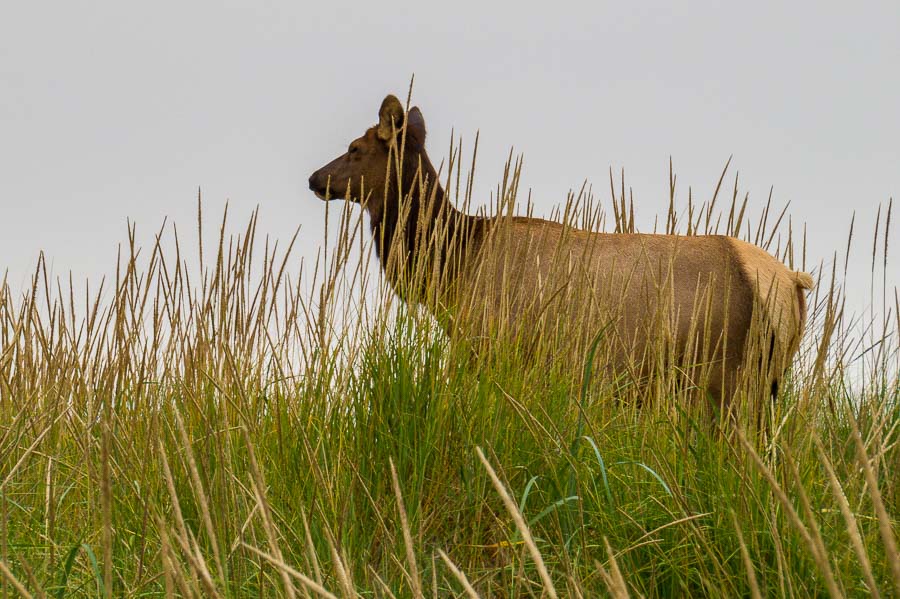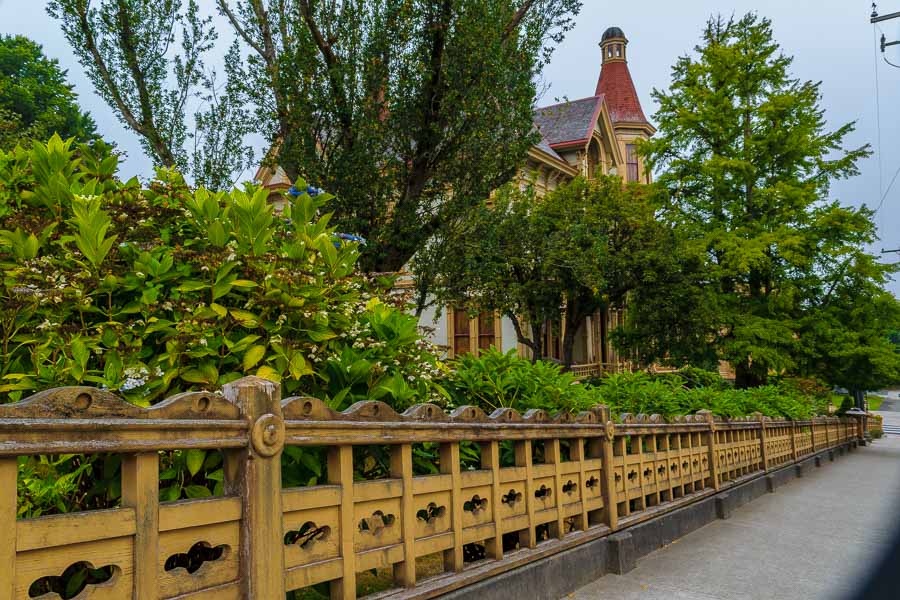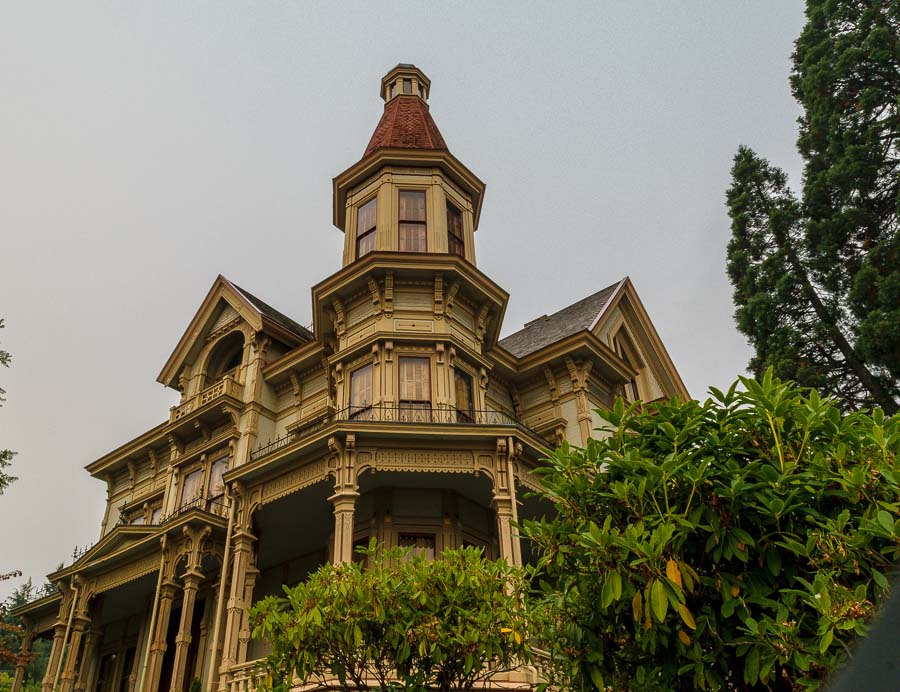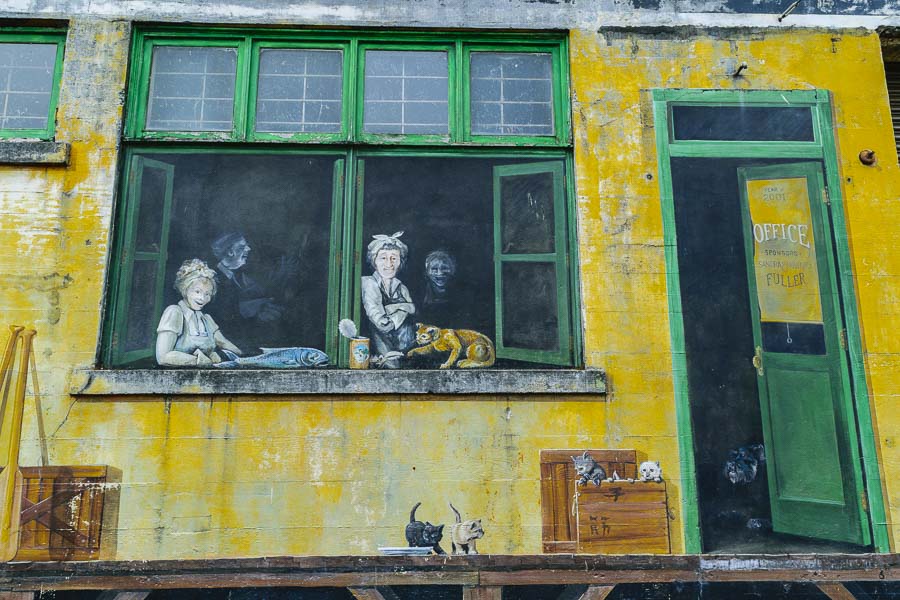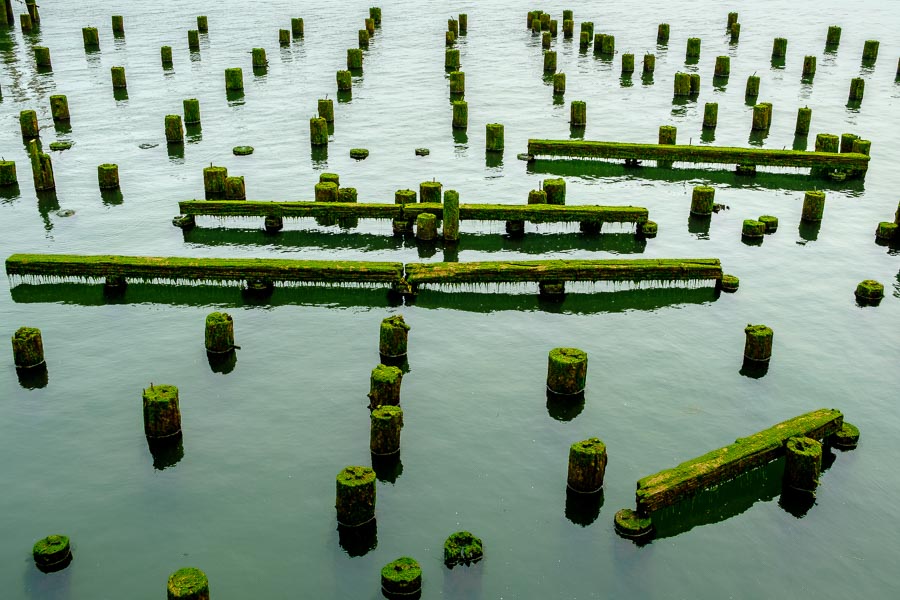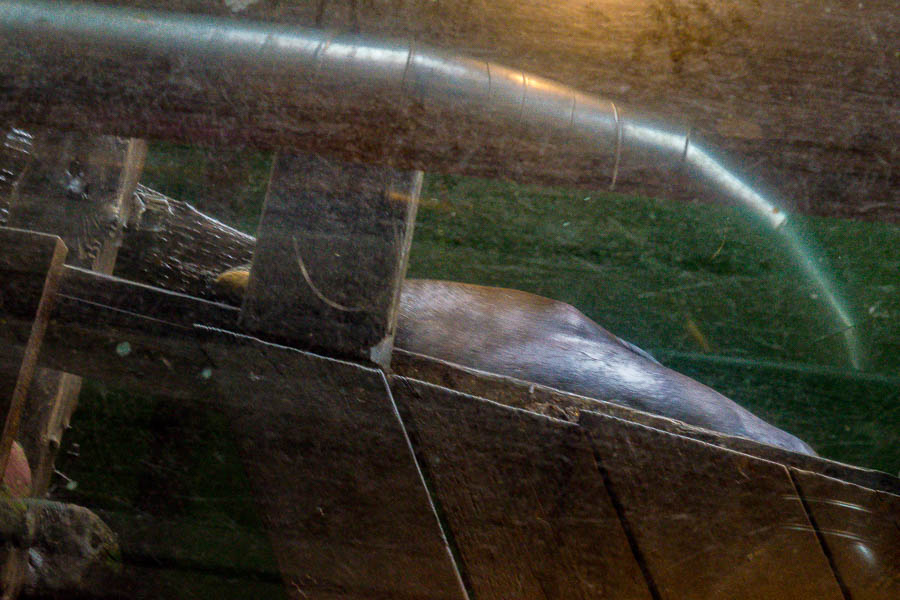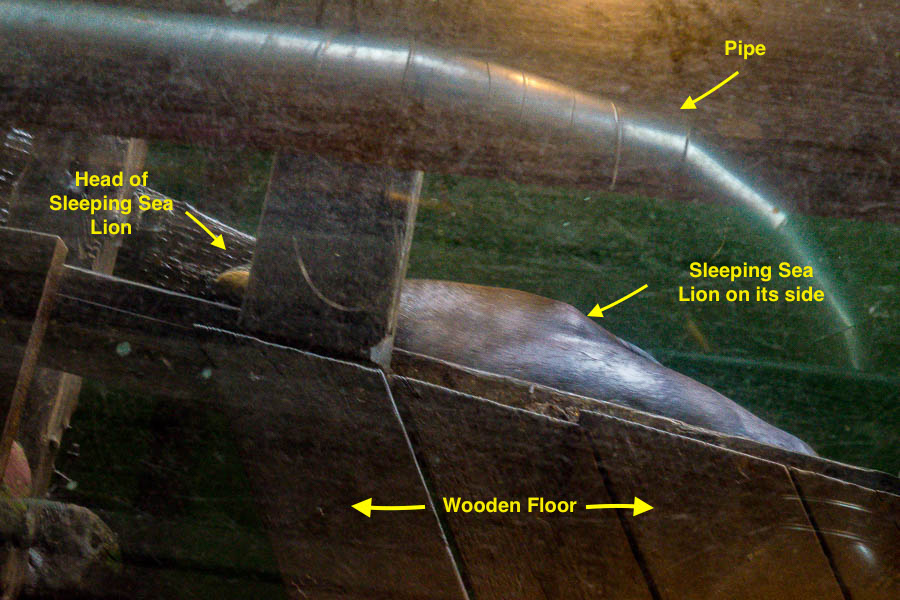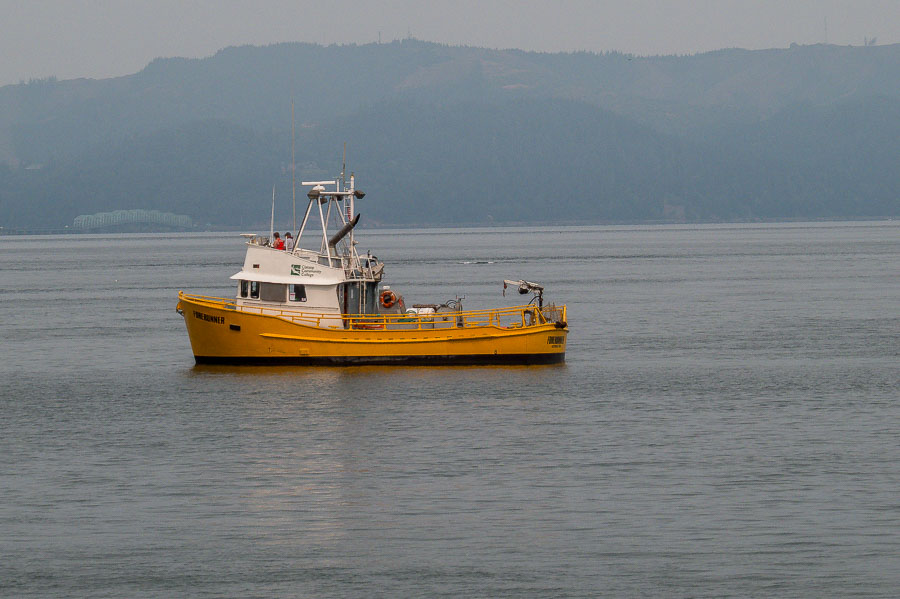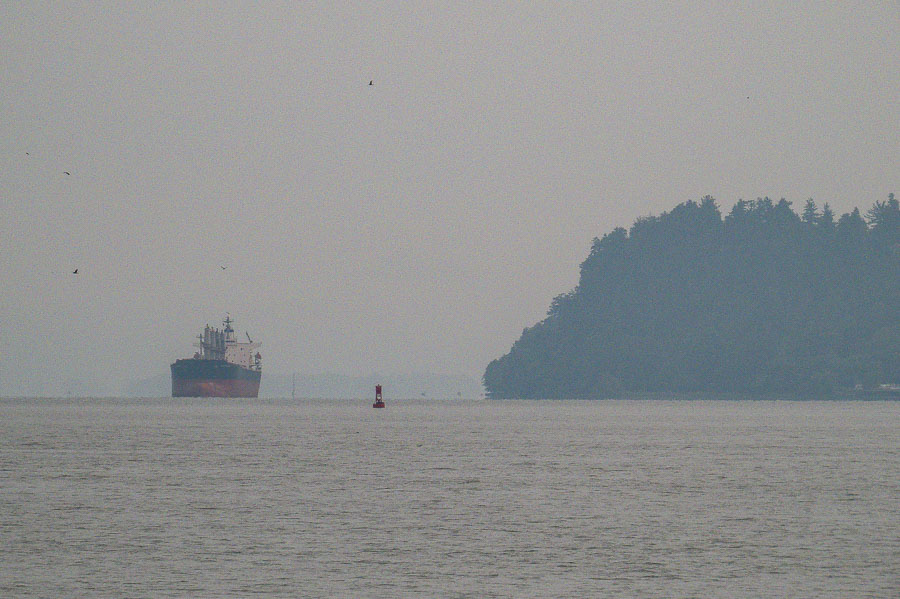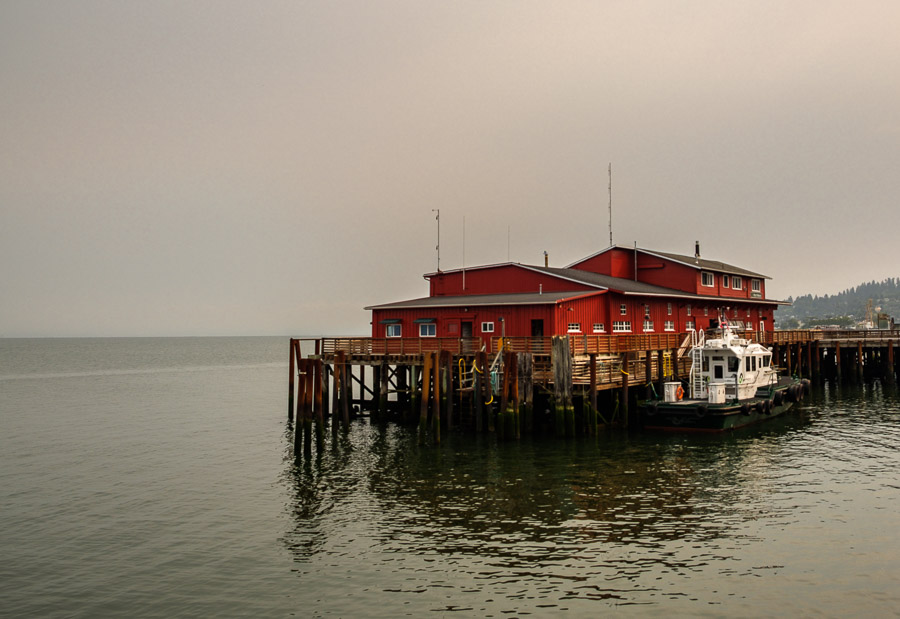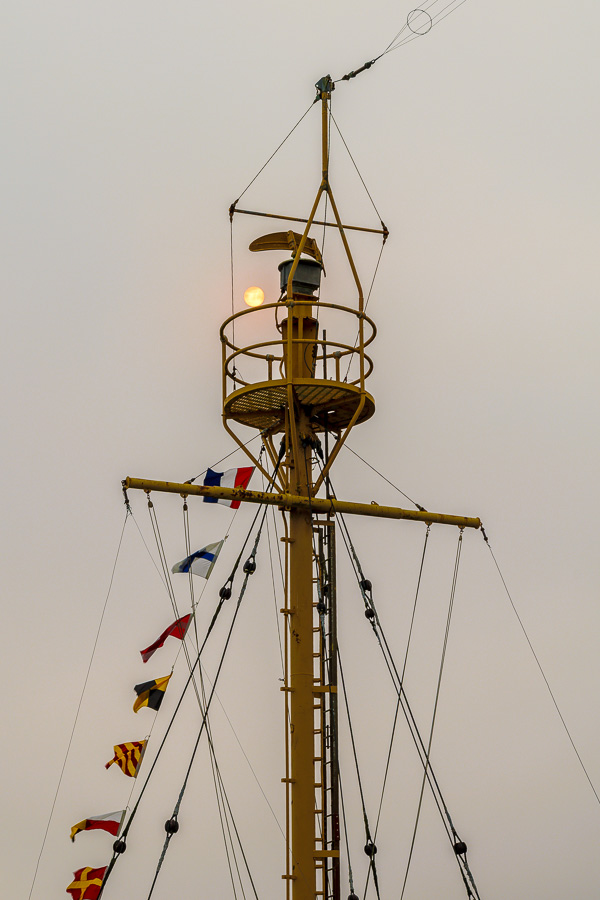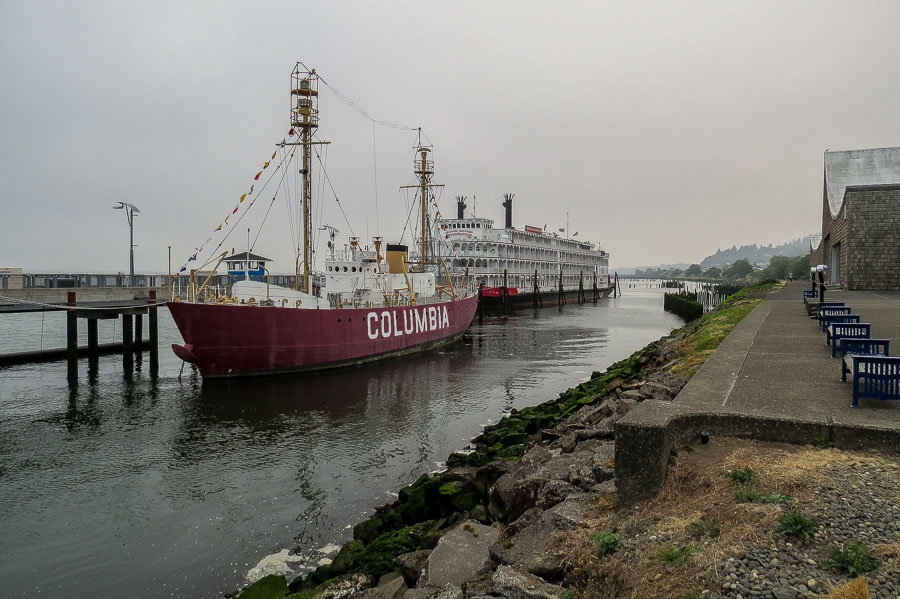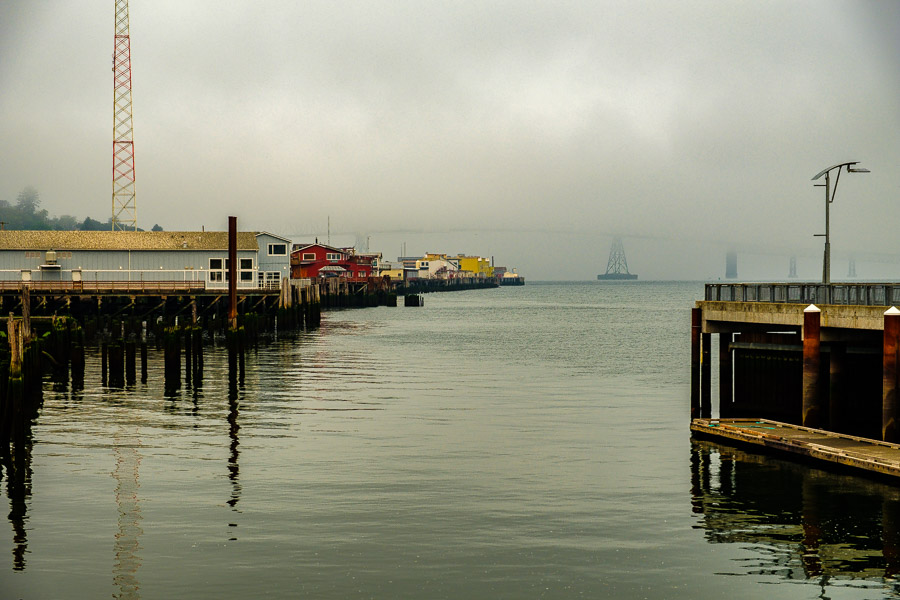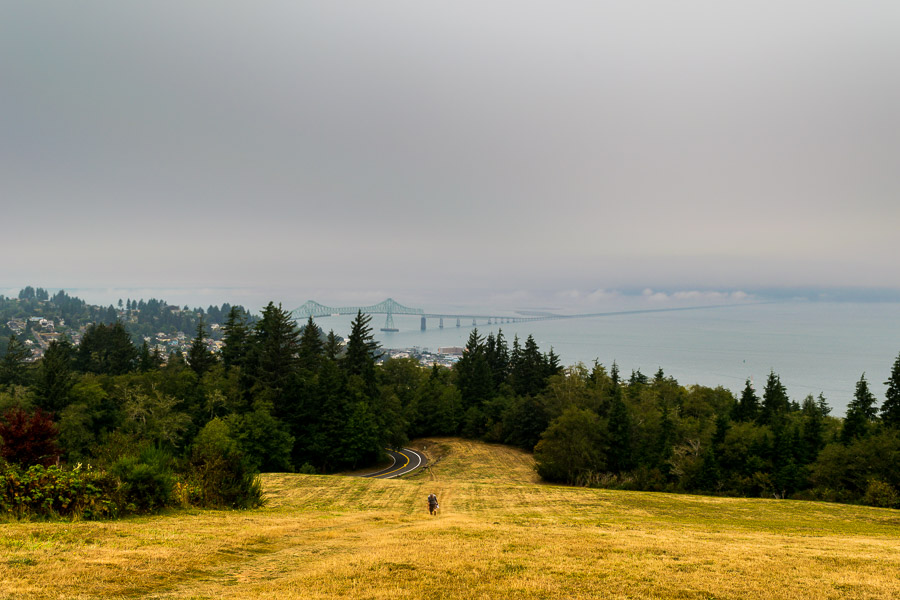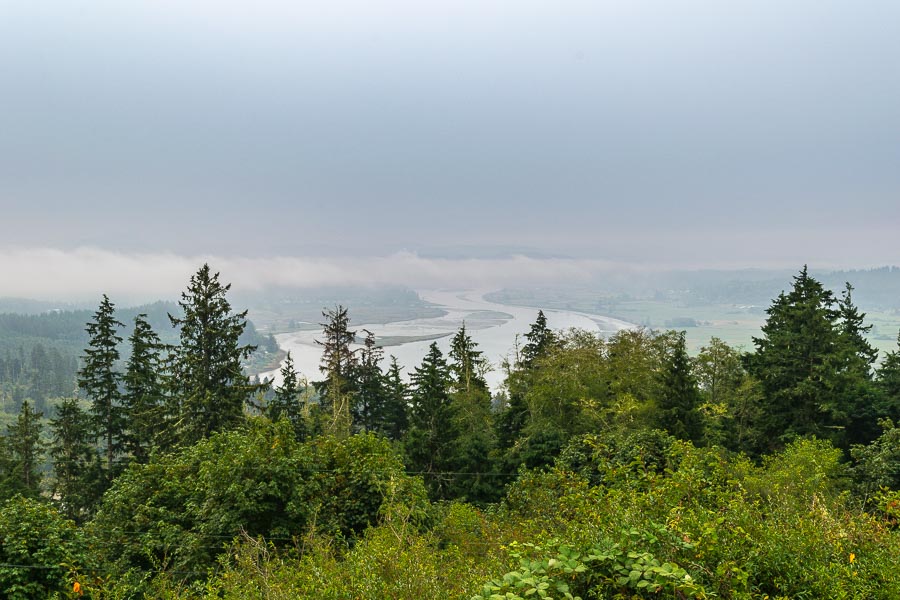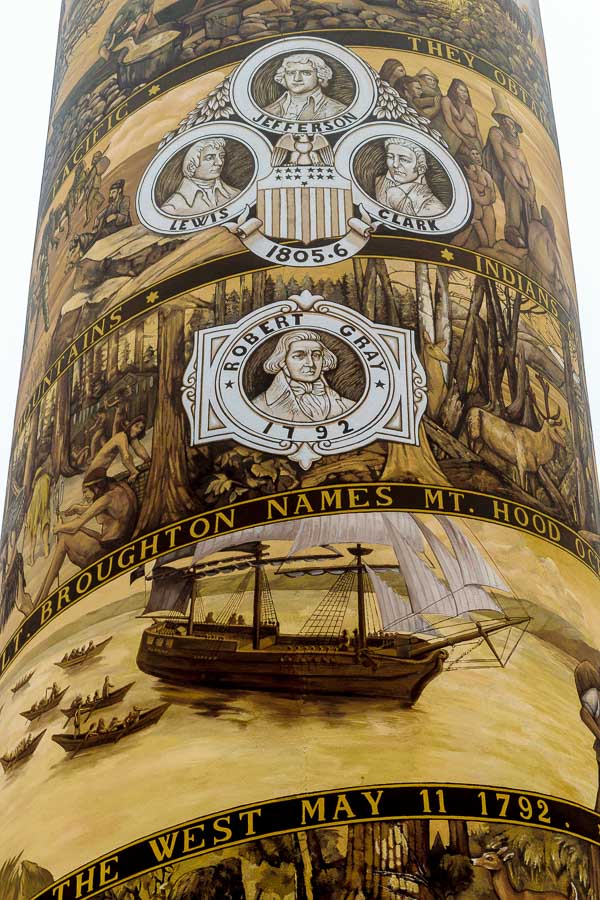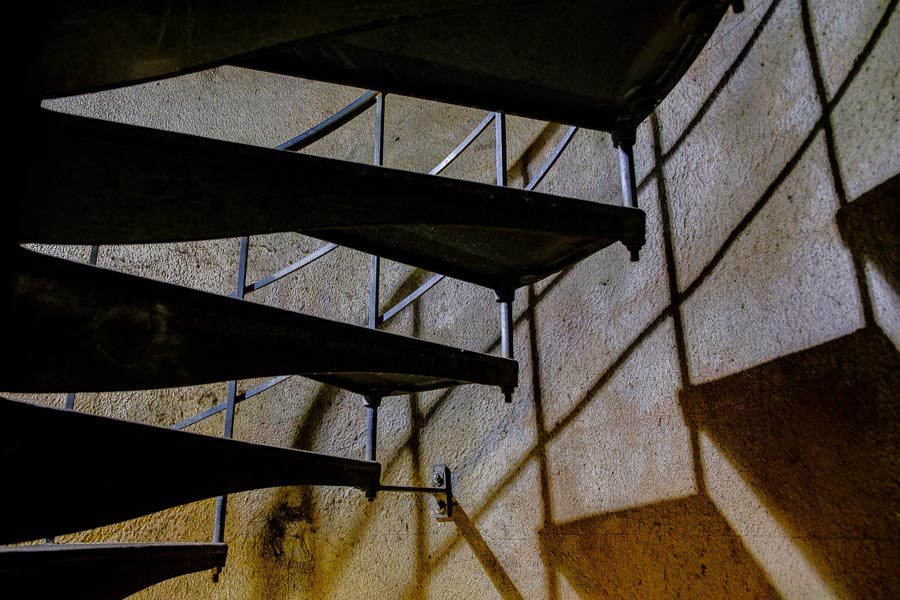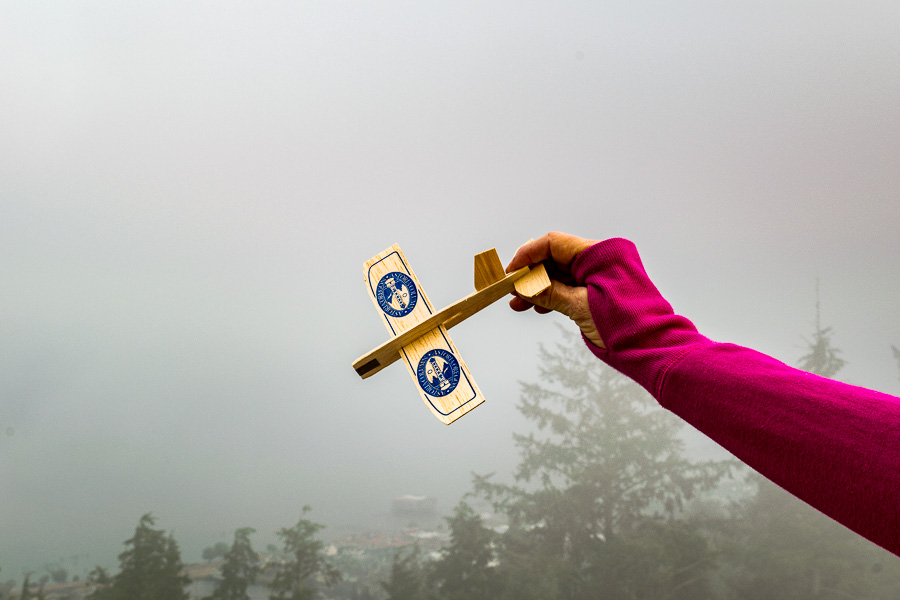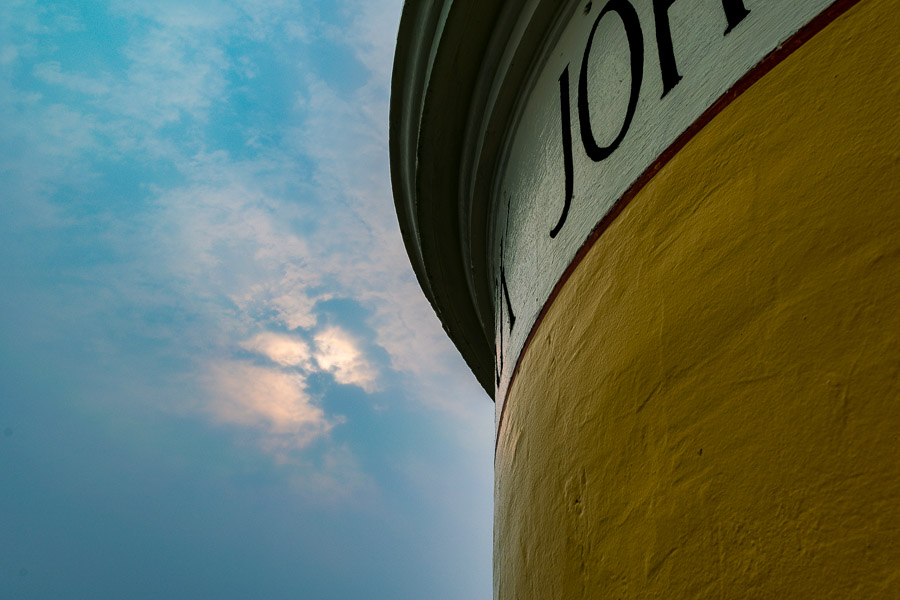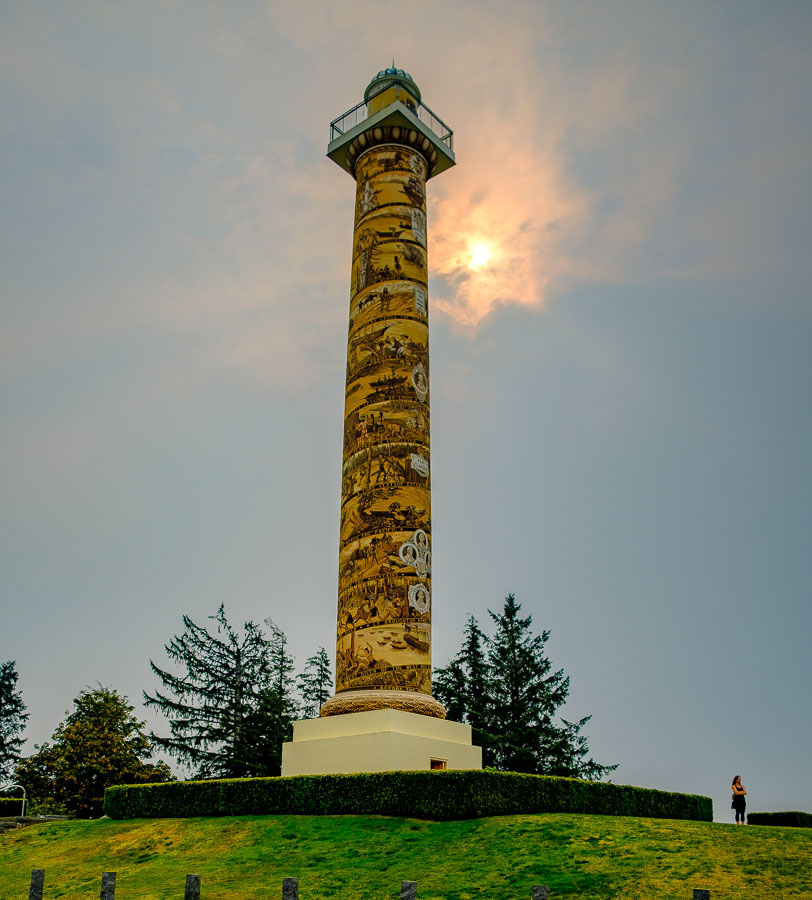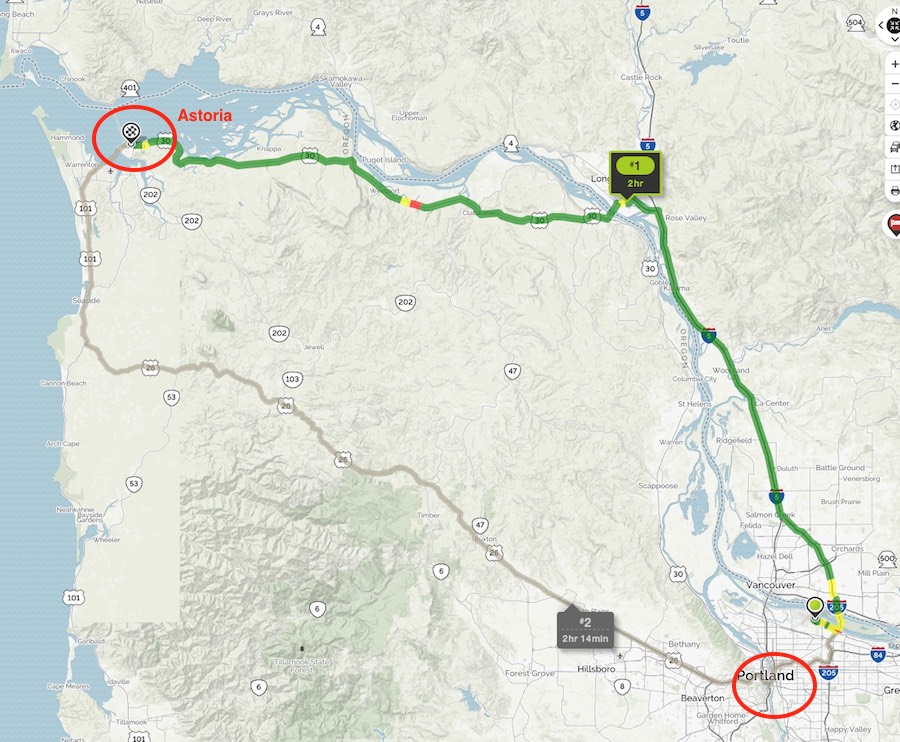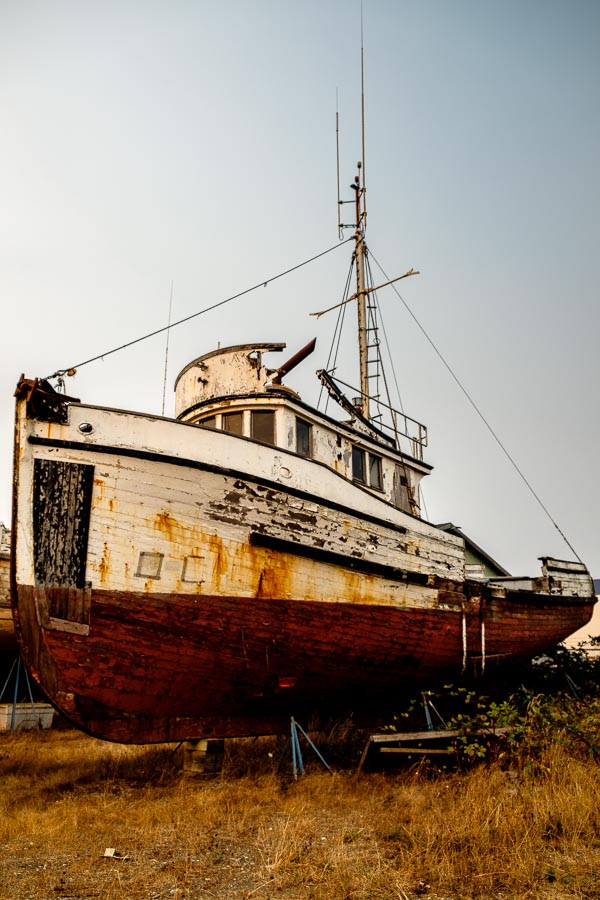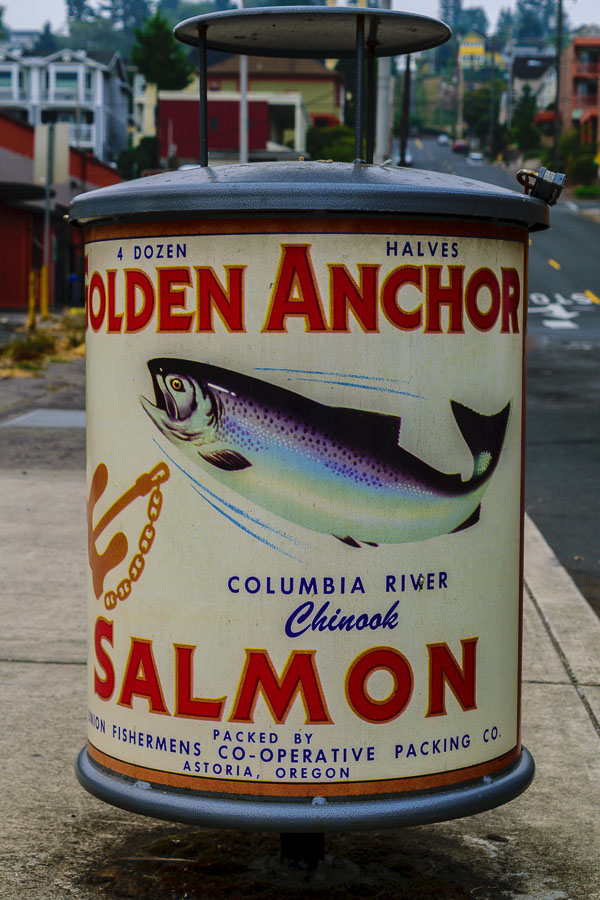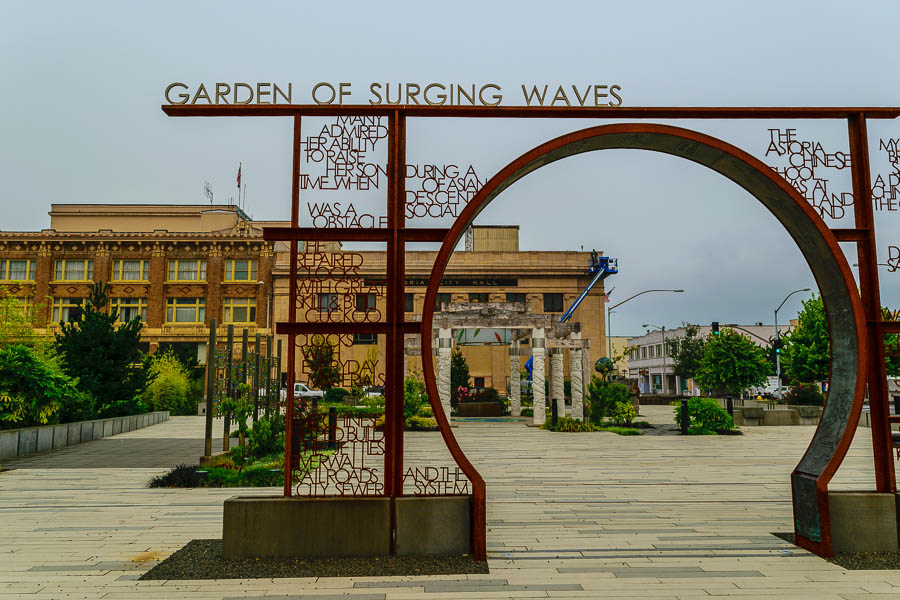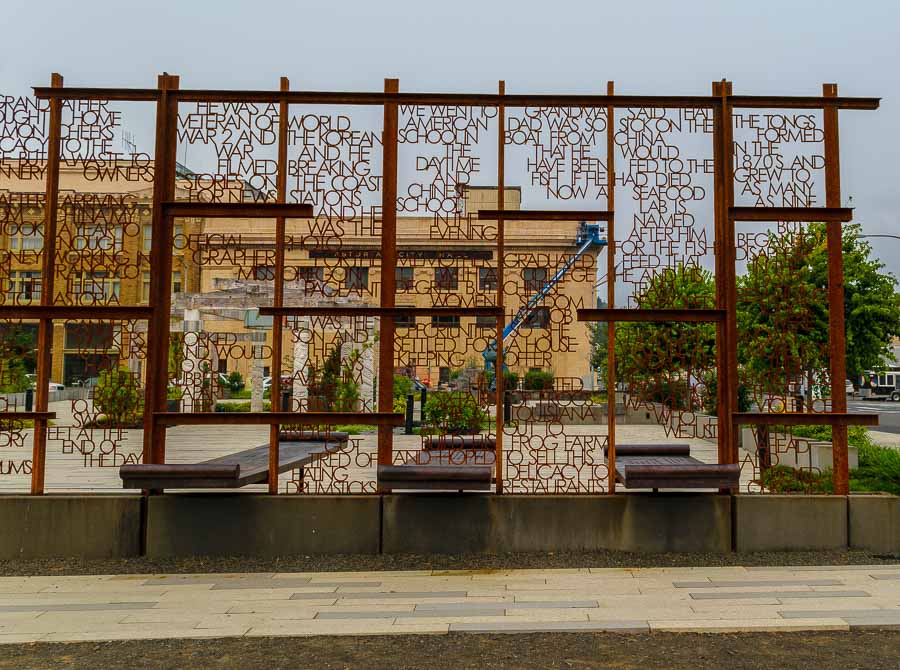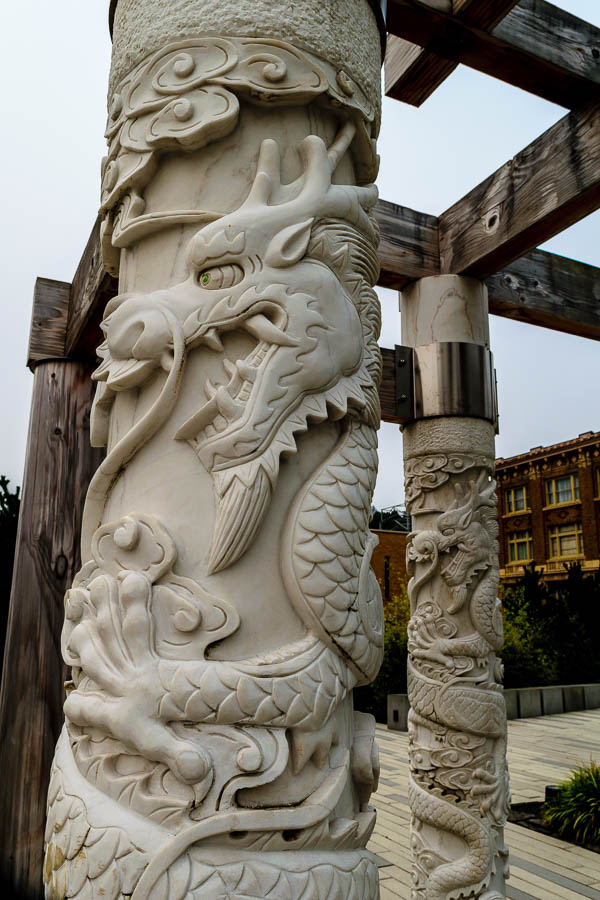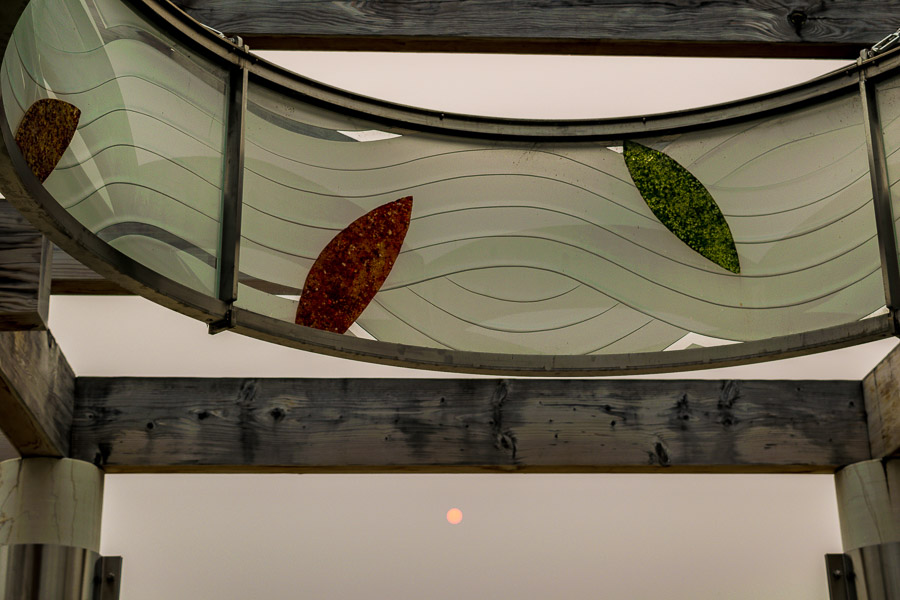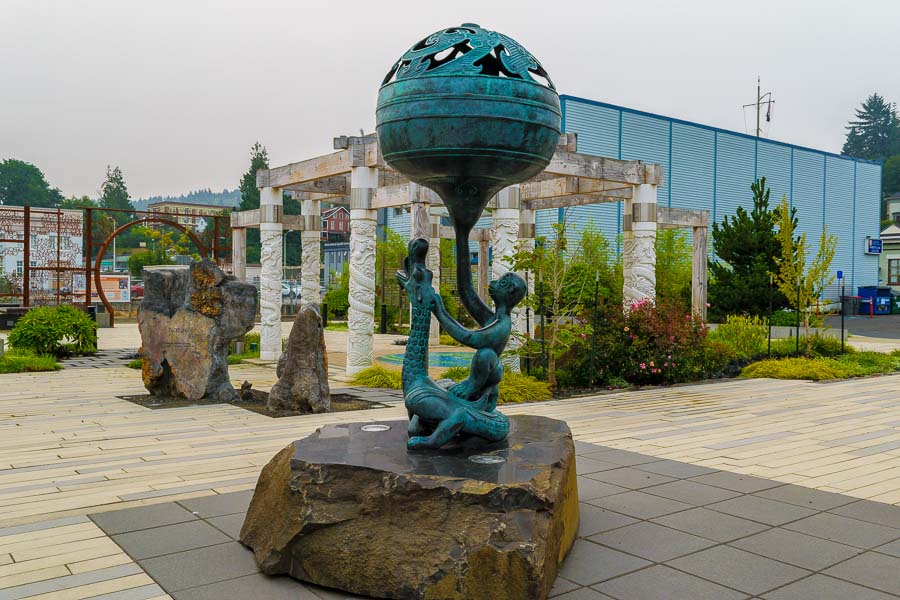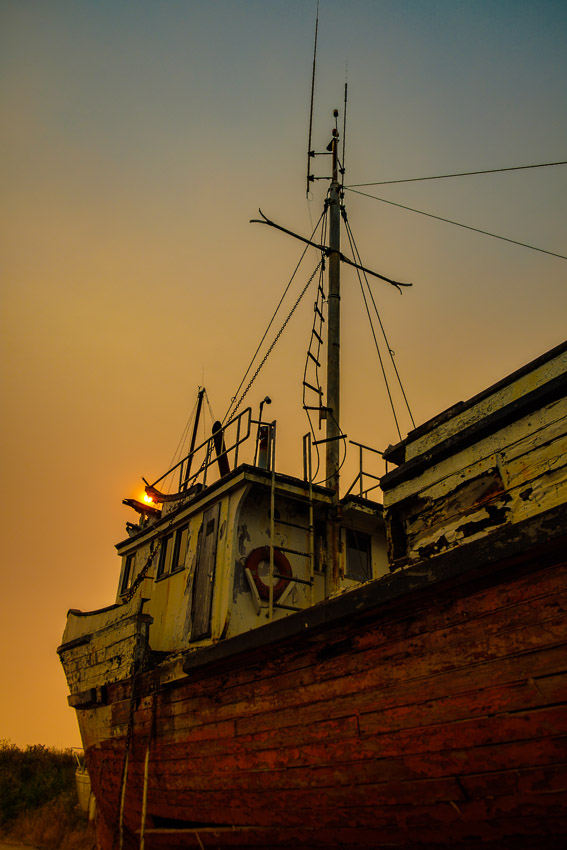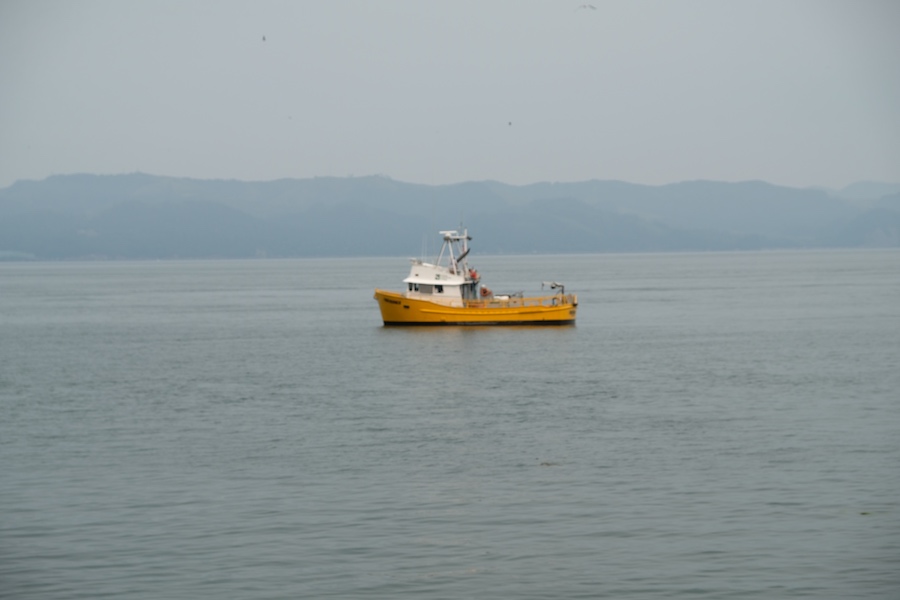
On my very first major trip with my new Fuji X T-2, I had a problem. It is hard to tell, but the boat is not in focus.
We recently returned from a hiking trip along the Oregon coast. This was in the planning stages for well over a year and it was the main reason, I purchased my new camera, a Fuji X T-2. JBRish followers know that I have taken the camera out for a few spins, but I did not have extensive experience with it prior to our departure.
I don’t recommend this protocol, but I live in the Sonoran Desert where summer temperatures are quite hot so I only made a couple of forays with the new camera. Naturally, I had plans to take other cameras to serve as a back up in case disaster hit and I couldn’t use the X T-2.
You might think that the word disaster is an overuse of the term, but for a photography hobbyist with their first advanced camera, disaster can come in many shades and so I needed to be prepared and glad I was to have made such plans.
After an initial, very brief evening walk to take a couple of photos (more about that in a later post), I was anxious to begin our walk around Astoria the next day to take some snaps with the new camera. Unfortunately, the weather had not improved and the day remained completely overcast and grey. Not great for photographs, but I wanted some photos for the blog and I hoped to concentrate on some subjects that were not too sunlight dependent and would allow me to write about this part of our Oregon experience.
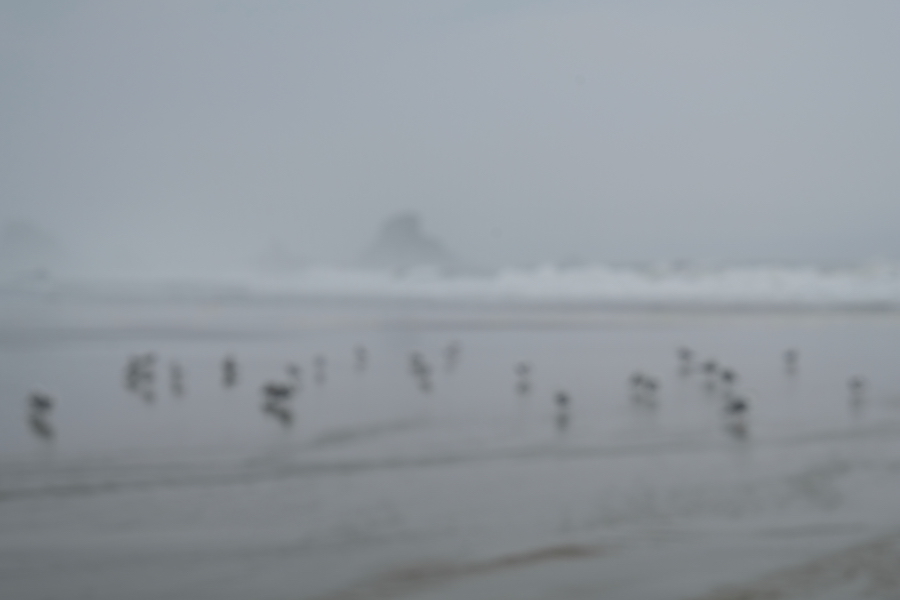
Nothing appears to be in focus even though I used a very small aperture, i.e. f/14 (+/-).
I took a number of photographs, but in doing so, I must have pressed a function button or something. The almost brand new Fuji X T-2 stopped autofocusing. I believe I was trying to use the AEL or AEF buttons and I might have pressed some strange combination that included other buttons as well. I just don’t know. what I did know was the autofocus would no longer work. The green square did not snap into place as I half-pressed the shutter button and was AWOL for many attempts. As you might imagine, this was very disconcerting.
I tried using manual focus and focus peaking, but with the little experience I had with the new camera, this was not much help either. I continued to try to use the X T-2, off and on, but I could tell the camera was not focusing accurately most of the time.
I relied on my other cameras from this point forward. I did have the X T-2 reference manual and user’s guide for the camera. I began to change or modify settings that had taken me hours to initially configure. With trial and error and reading the manuals, I still could not get the camera to respond appropriately.
My thoughts were: 1 – Did I royally mess up something and break the camera?, 2 – Will I need to send it in for repair? and 3 – Is there any way to get the X T-2 back in working order for the remainder of the trip?. Remember, this was my very first day of our hiking/walking vacation down the coast of Oregon and then to Crater Lake.
Since we were in the middle of our exploration of Astoria, I put the Fuji into the bag and decided to stick with my other cameras for the remainder of that day. This was my backup plan which would still provide good documentation of our day’s experiences.
The next day we were off to hike in the state parks along the shore. Once again, I took the Fuji with me trying to use it a couple of times with no more success than the previous day. What was I to do? There was more than a week left of our trip and I wanted to use the new camera.
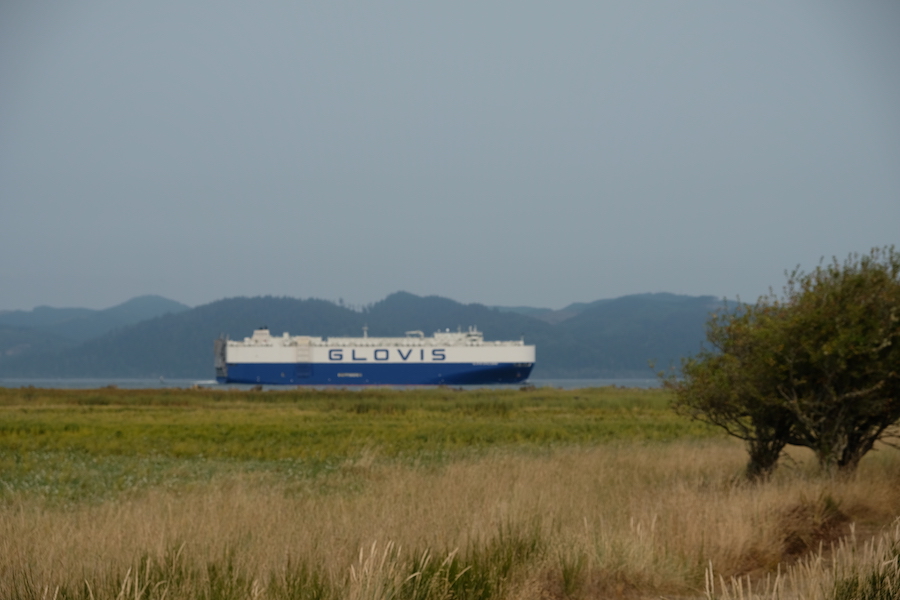
The ship was not in sharp focus. Take it from me, the letters on the ship are blurry.
We often knock those companies that don’t put the consumer first, but rarely do we read or hear stories of those manufacturers who treat their customers well and provide resources to help them use their products. Well, kudos to Fuji!
I called Fuji’s help line from the car at the state park. It was rainy and drizzly. I was put on hold for a while, but it seemed like forever. In reality, it was only a few minutes. Then Steve answered the phone and listened to my situation. We checked the settings I had which seemed fine to him as they did to me. Understanding that we didn’t want to waste time, Steve offered a solution I had also considered.
We decided to reset the camera back to the default settings. Once we accomplished that, he instructed me to take a few photos, check that the autofocus was working and review the pictures to see if they were recorded appropriately.
Sure enough, the camera was back in order and seemed to be working as desired. I thanked Steve and was glad that I could easily call Fuji and get this assistance. I am glad to report that the camera worked well for the rest of the trip and I was very careful to avoid inadvertently pressing function buttons, etc.
Thanks to Steve and to Fuji for helping to salvage my photographic exploration of Oregon. It was a great relief!
The picture below is the first picture I snapped after the camera reset. It was raining so we were sitting in the car while I was on the phone. The green focus box was back on the screen and the camera was working as anticipated.

Takeaways
- I was prepared for this mishap by bringing several cameras on the trip; especially since the Fuji was so new to me. It would have been total disaster (perhaps) had I relied solely on the X T-2.
- On prior hiking/photography trips, I had taken a computer with me to examine the photographs each evening to assure that the camera was working correctly. I didn’t bring the computer this time, but wish I had.
- It is important to support companies like Fuji that provide resources to help their users resolve issues as easily as possible. No company is perfect, but obviously some are more consumer oriented than others. I have read about Fuji’s support of their base for a couple of years and this helped to confirm my choice of selecting one of their cameras.
- Until you learn how to use the camera very well, be sure to have access to the reference manual and user guide. I made sure I loaded copies on to my iPhone and iPad. This provided a sense of comfort and helped me several times during the trip when I needed to review settings or procedures.
-
Modern cameras are actually computers and they are not infallible. It is nice to have a number of function buttons, wheels, dials, etc., but they need to be “respected” and understood.
- The X T-2 can save custom settings. Saving the settings so they can be easily restored at a later date would be a step in the right direction when assisting in recovering from a problem like the one I encountered.
NOTE – This article is not aimed at knocking other camera manufacturers and to suggest that they do not offer the same type of support that I received from Steve at Fuji. They very well might the same service(s), but I have never had experience with them.
What I am trying to explain is how well Fuji handled my immediate problem and to extend special appreciation to Steve who made sure my camera was back in working order before he ended the call.
Thanks again Steve and thank you Fuji!
Read more photography posts HERE
**********
All original content on this blog is copyrighted by Jeffrey B. Ross with ALL Rights Reserved. While reference links back to JBRish.com are appreciated and encouraged, please acquire approval for any reproduction of original content from this website.
©Jeffrey B. Ross – 2017
